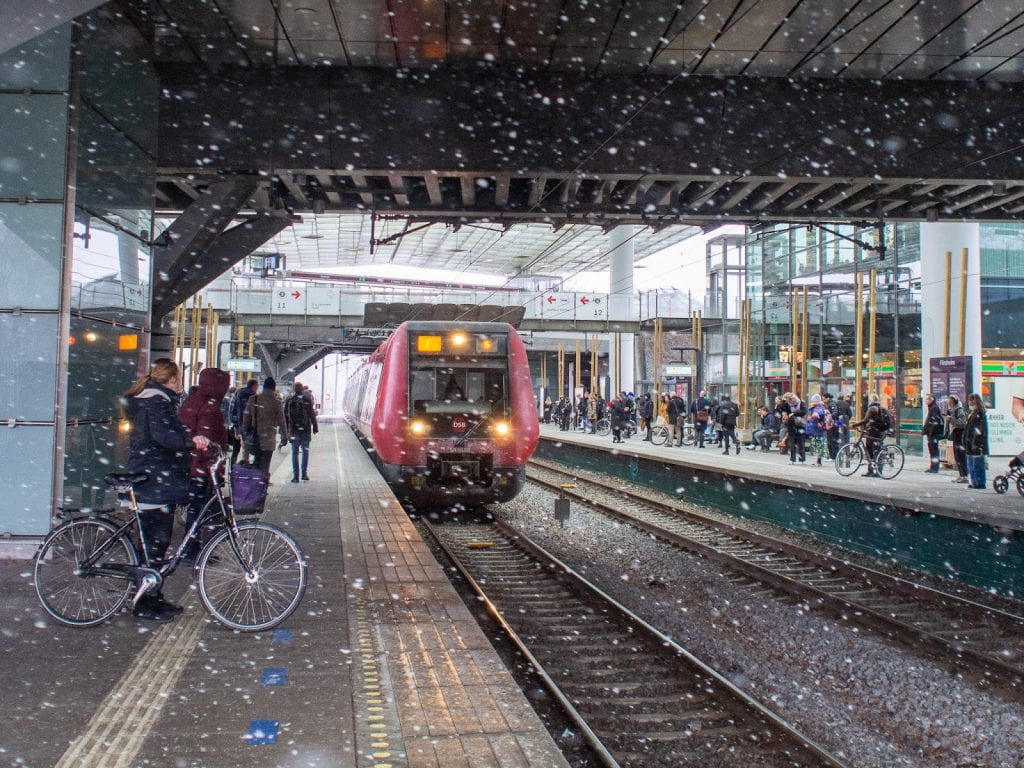Getting to Denmark

Why do we go to Denmark?
Francis Fukuyama, in After the End of History (2022)
If Americans want to live the American dream, they should go to Denmark.
Richard Wilkinson, in Oxfam Inequality Report (2021)
In this blog post, I outline my tentative answers to questions I set out my study-abroad with. These are questions about Denmark as the premier nation-state. What does Denmark mean for us studying in the US, or for us interested in the social sciences, public policy, and development?
Denmark is a wonderland of sorts. Epidemiologists love it. Political philosophers love it. Bernie Sanders loves it. This is a country where “AOC would be considered moderate” (quoted from a Danish faculty), leading the entire world in economic competitiveness, political transparency, gender and economic equality, and a fleet of other general happiness indicators. In exchange for 50%+ income tax, 25% sales tax, and exorbitantly high commodity prices, Denmark awards its citizens with free education through graduate school, universal healthcare, reskilling and social welfare programs, and highly paid maternity AND paternity leave. Public libraries are beautiful. Tap water is delicious and raw eggs edible. Nearly everything is paid digitally, even those high taxes. A 83% voting participation rate is considered low.
And no wonder they’re happy. The entire country is like a theme park. This is the land of Lego and the Little Mermaid, where royal soldiers dressed in toy-like uniforms march from castle to palace. Bikes roam the city streets and the westerly winds power the rural houses, epitomes of Nordic sustainable design. With dimly lit rooms and Danish pastries, the concept of hygge (literal translation: coziness) is invoked to symbolize Danishness and their egalitarian society.

I won’t say I no longer believe this fairy tale, because the people I met here are beautiful and this land will now become part of my identity. But this blog isn’t really about culture shocks, because the differences I have felt have intrigued rather than shocked me. My blog posts are my attempt to break out of the bubble and see Denmark for what it is.
For starters, let’s mention that the Little Mermaid was originally a tragedy. Hans Christian Anderson, perhaps the most famous Dane in history, ended the story with the Little Mermaid turning into foam in the ocean because the prince didn’t love her. To add, Søren Kierkegaard’s philosophy, if you have ever read them, feels very pessimistic. Shakespeare’s Hamlet, set in Kronsborg Castle just an hour away from Copenhagen, is simply tragic.
The almost nearly perfect Danes are also one of the world leaders in anti-depressant use. Drinking and tobacco among the youth are considered huge social problems, as suggested by the Oscar-winning movie “Druk!” (literally, binge drinking). The country lacks vitamin D because cold, windy, and gloomy winters make up about half the year. Even in Denmark, economic inequality is slowly creeping up, leading the government to put some education and healthcare provision back to the family and market.
For the purpose of this blog post, I will leave it at that the real Denmark is not “Denmark”, the theme park. The real Denmark is quite cold, literally and figuratively:
“Most agree that the (perhaps very) long-run goal is to ensure that the provision of key services such as clean water, education, sanitation, policing, safety/sanitary regulation, roads, and public health is assured by effective, rules-based, meritocratic, and politically accountable public agencies … We call such a world “Denmark”. By “Denmark” we do not, of course, mean Denmark. Rather, we mean the common core of the structure of the workings of the public sector in countries usually called ‘‘developed”.”
“The real Denmark, it should be noted, is presided over not by a cold all-encompassing bureaucratic state, but an interesting mixture of (latent) royalty, clean democratic government, and vibrant community input.”
Pritchett & Woolcock (2004)

The theme park requires admission tickets. And as it stands, it’s not easy to get to Denmark. I mean this in two ways. First, it’s hard for a country to ‘get to Denmark’ as scholars of state-building like to say, meaning to build up a comprehensive welfare system and a sound democracy. Second, it’s hard for people to get into Denmark, because immigration and refugee policies are extremely stringent here.I think these discussions are quite revealing.
So how did the Little Mermaid become a happy story? Disney, precisely, and America more broadly. Denmark looks happier than America, which is probably statistically and ethnographically true. But this is in relative, not absolute, terms, and the difference is in how people take pride in individualistic or collective happiness. Behind the Disneyization, Denmark is so much more interesting than a fairy-tale theme park.